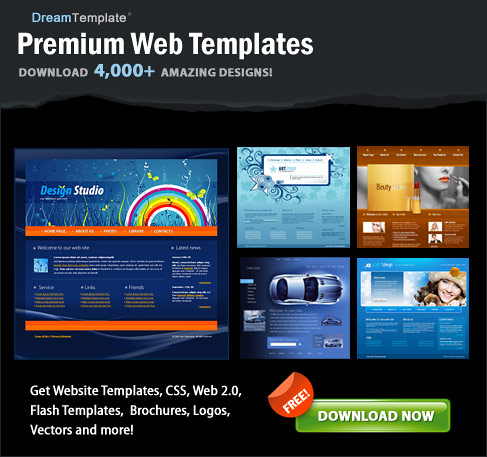You Have Learned XPath, Now What?


XPath Summary
This tutorial has taught you how to find information in an XML document.
You have learned how to use XPath to navigate through elements and attributes
in an XML document.
You have also learned how to use some of the standard functions that are
built-in in XPath.
For more information on XPath, please look at our
XPath Reference.
Now You Know XPath, What's Next?
The next step is to learn about XSLT, XQuery, XLink, and XPointer.
XSLT
XSLT is the style sheet language for XML files.
With XSLT you can transform XML documents into other formats, like XHTML.
If you want to learn more about XSLT, please
visit our XSLT tutorial.
XQuery
XQuery is about querying XML data.
XQuery is designed to query anything that can appear
as XML, including databases.
If you want to learn more about XQuery, please
visit our XQuery tutorial.
XLink and XPointer
Linking in XML is divided into two parts: XLink and XPointer.
XLink and XPointer define a standard way of creating hyperlinks in XML documents.
If you want to learn more about XLink and XPointer, please
visit our XLink and XPointer tutorial.



 |
|
Get Your Diploma!
W3Schools' Online Certification Program is the perfect solution for busy
professionals who need to balance work, family, and career building.
The HTML Certificate is for developers who want to document their knowledge of HTML, XHTML, and CSS.
The JavaScript Certificate is for developers who want to document their knowledge of JavaScript and the HTML DOM.
The XML Certificate is for developers who want to document their knowledge of XML, XML DOM and XSLT.
The ASP Certificate is for developers who want to document their knowledge of ASP, SQL, and ADO.
The PHP Certificate is for developers who want to document their knowledge of PHP and SQL (MySQL).
|
|